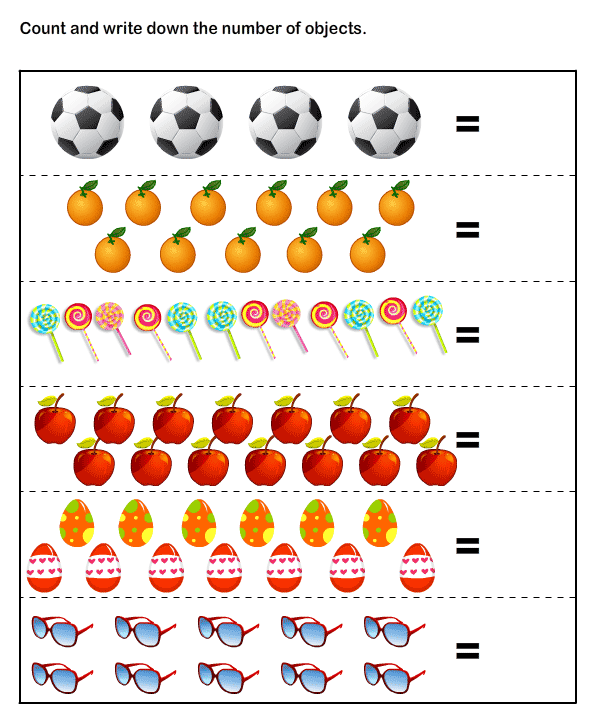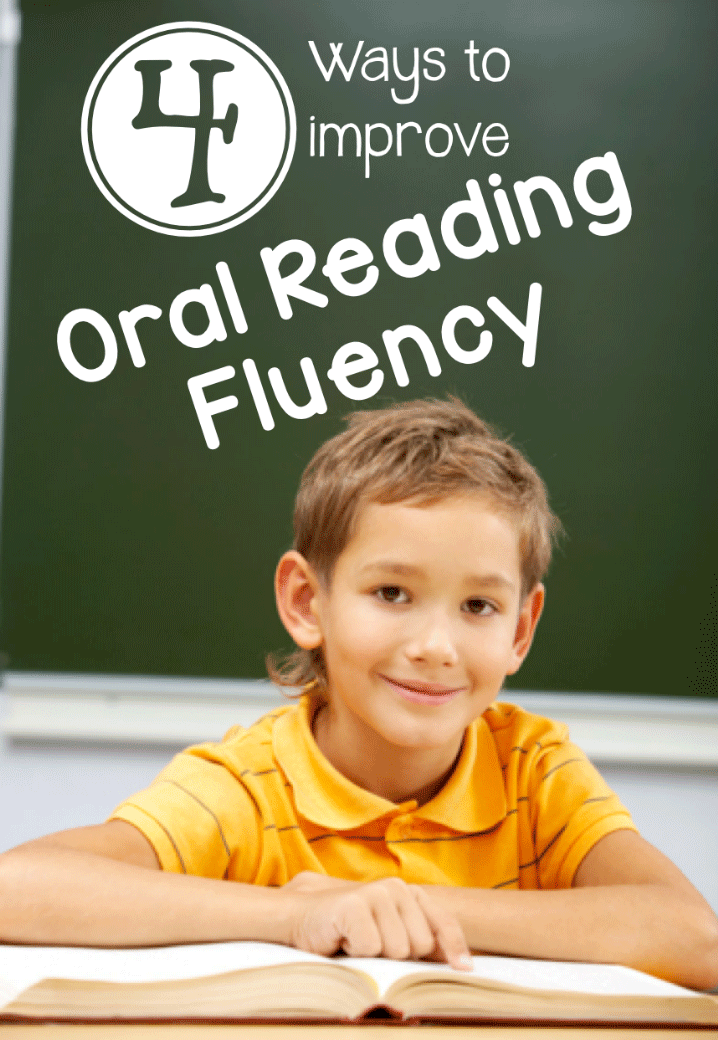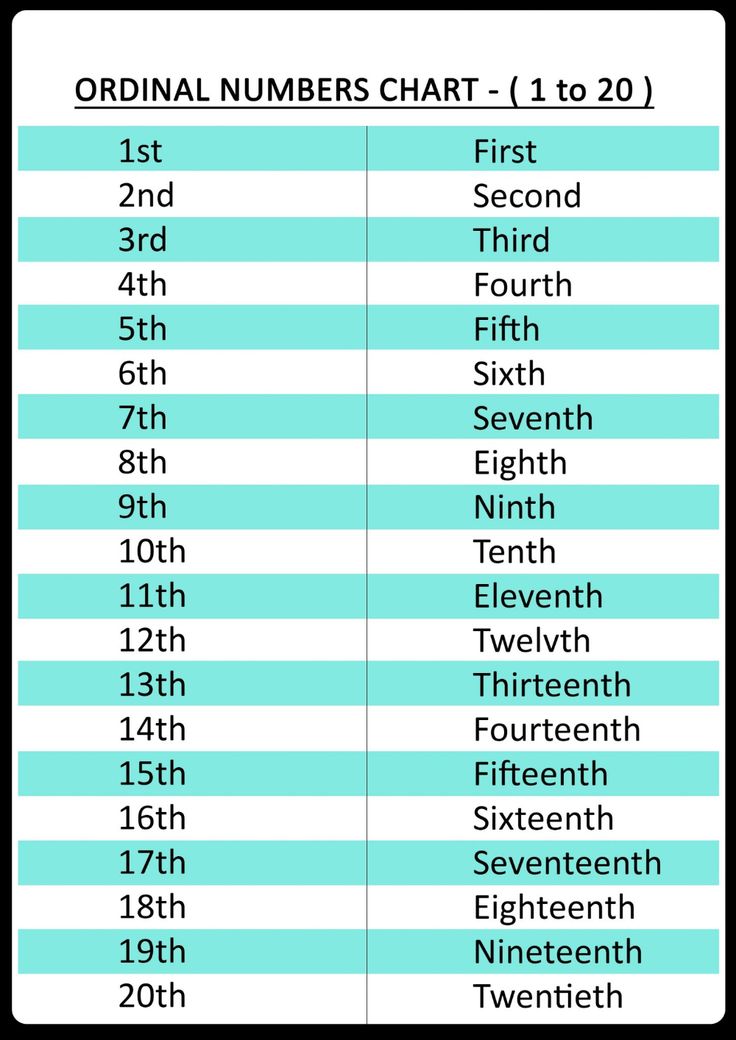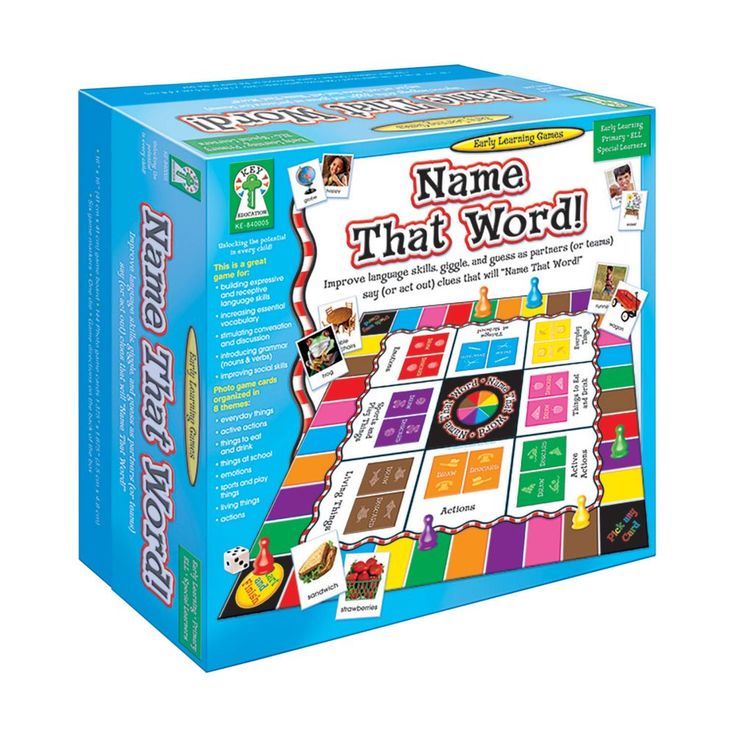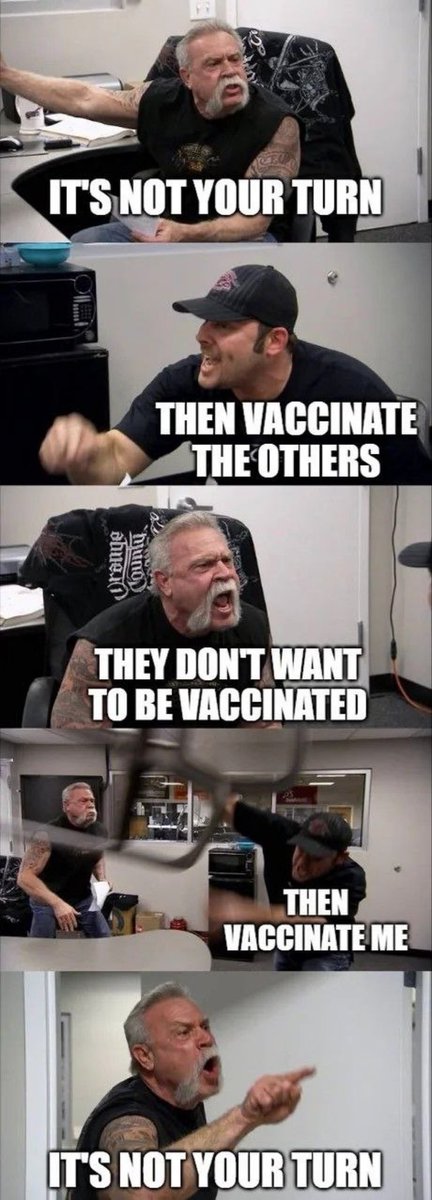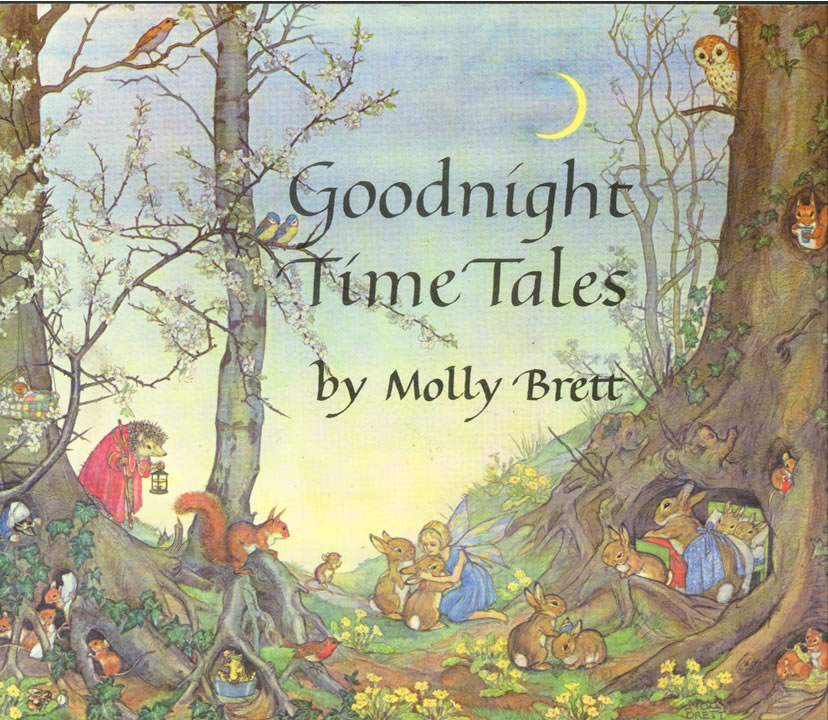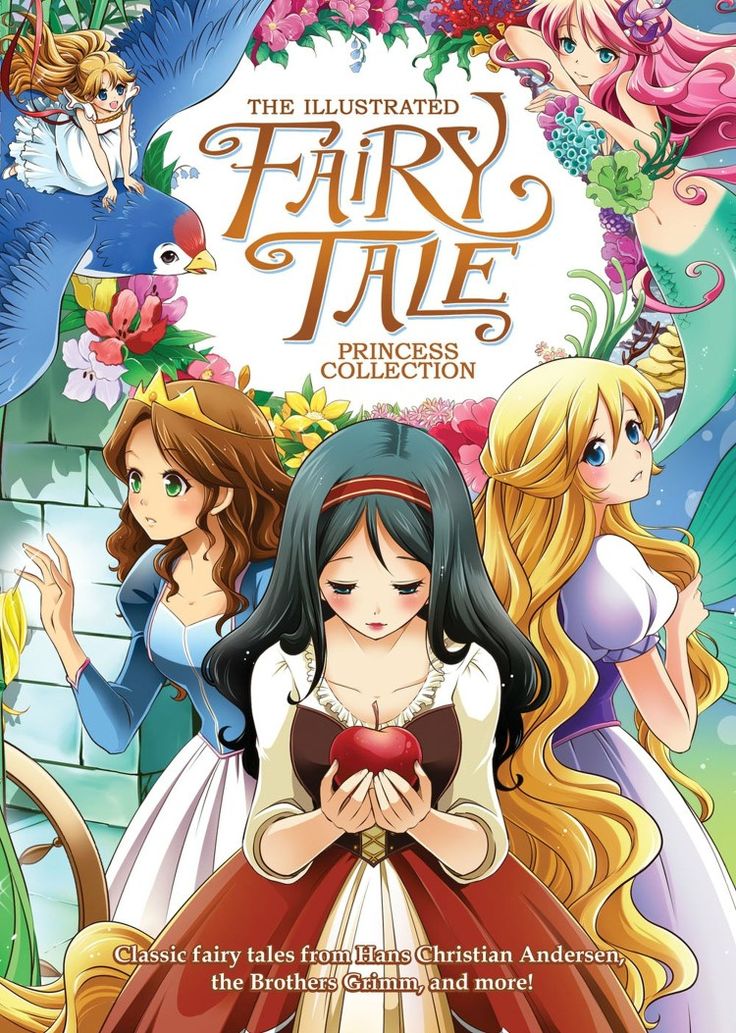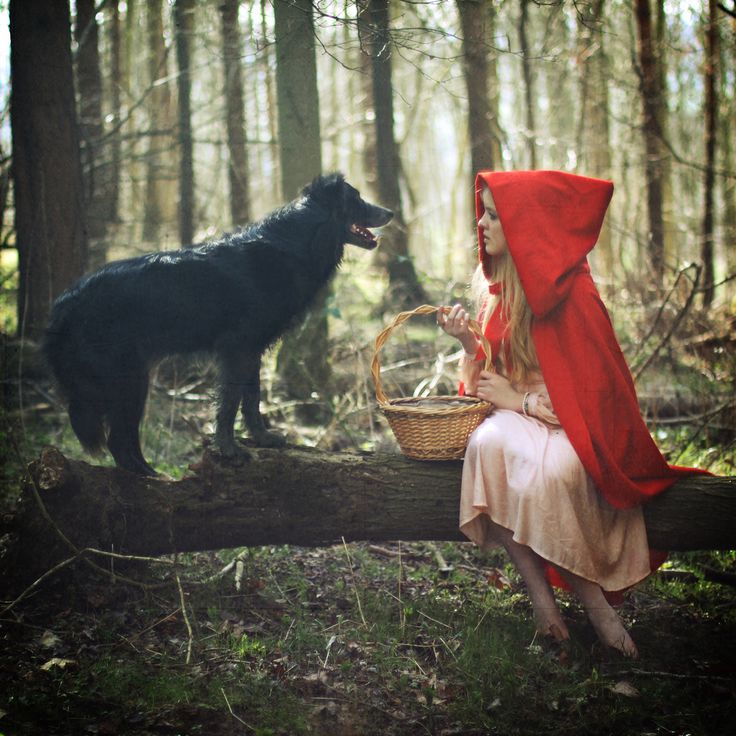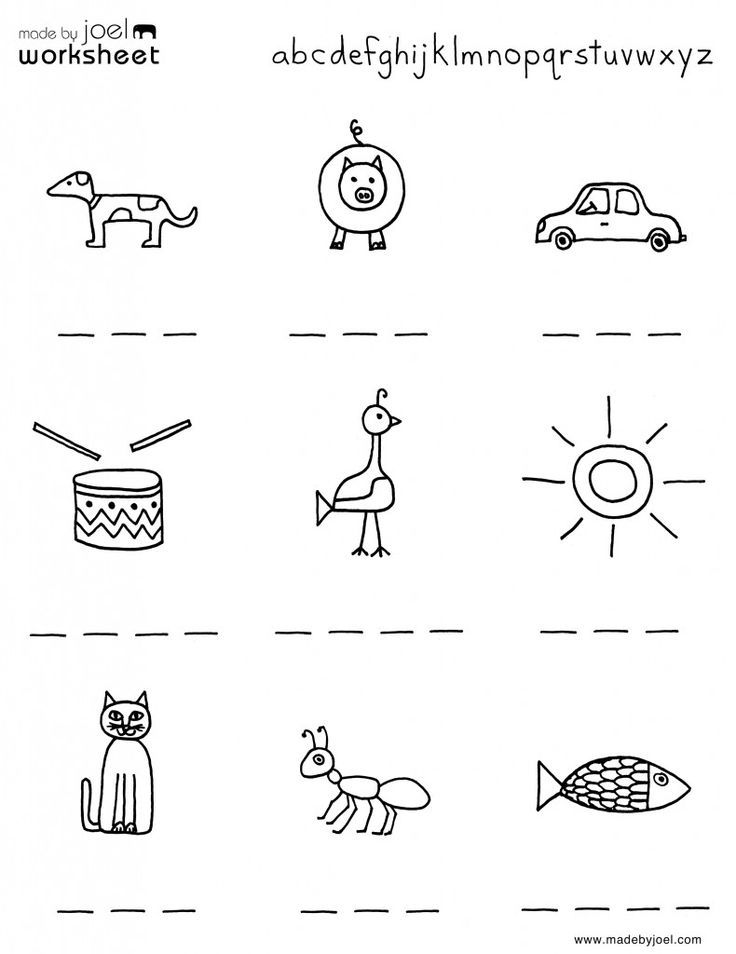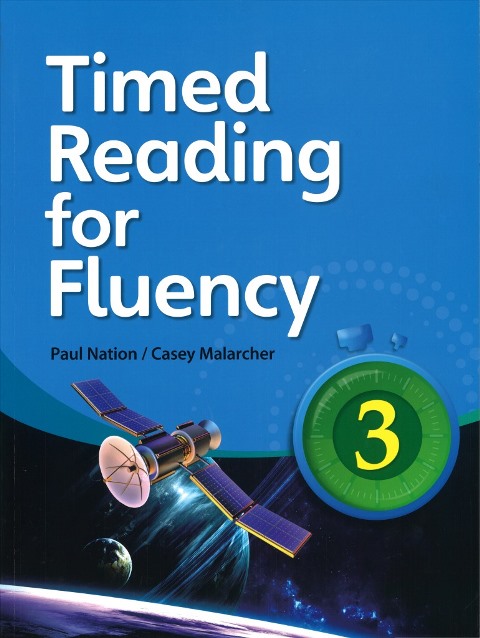Numbers game for preschool
40 Counting Games And Number Activities For Preschoolers
The basic foundation of math is understanding numbers and quantities. One of the best ways to develop these understandings, or number sense, is through handling objects and counting them. We can listen to preschoolers recite numbers in order, but we want them to apply that to counting objects and understand that those numbers represent quantities of items. Counting games and activities encourage preschoolers to “play” with numbers and quantities and build math skills and number sense in natural ways. These ideas can help you build math and counting skills with preschoolers.
Counting Games and Activities
These 40 preschool math games include counting games and various number activities. They are perfect to help build counting skills and math skills in your preschoolers and kindergarten students.
1. Dog Bone Counting Game (Pre-K Pages) – This is a fun, hands-on counting game for students in your preschool, pre-k, or kindergarten classroom.
2. Farm Animal Counting Activity (Pre-K Pages) – What could be more fun than Counting Feet with farm animals?
3. Printable Counting Book (Pre-K Pages) – Identifying and naming numbers can be a difficult skill for young children in preschool and kindergarten.
4. Homemade Counting Board Game (Pre-K Pages) – This homemade game can help preschoolers develop math concepts while playing a game together.
5. Mouse Counts Game (Pre-K Pages) – Mouse Count inspired this activity that helps children practice counting to ten while also working on their fine motor skills – and it’s lots of fun too!
6. Fire Truck Counting Game (Pre-K Pages) – In this activity, children will explore fire trucks and firefighters with a counting game.
7. Penguin Counting Game (Pre-K Pages) – This Penguin Counting Game is the perfect addition to any winter theme, lots of fun for young children and great practice for counting, number sense, and one-to-one correspondence.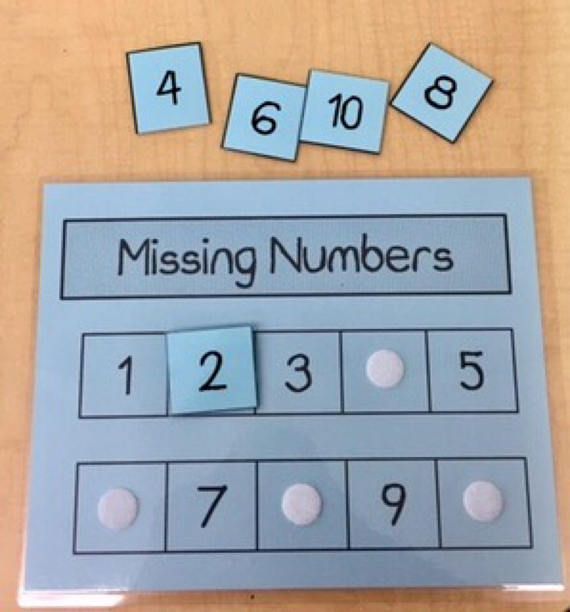
8. Ocean Theme Counting Activity (Pre-K Pages) – The best preschool activities allow children to be interactive and hands on while they explore new concepts. We’ve developed a fun, easy to prepare ocean theme counting activity to do just that.
9. Nursery Rhyme Number Game (Pre-K Pages) – This nursery rhyme activity relates to “Baa Baa Black Sheep” and encourage number recognition and counting, important math concepts.
10. Digital Counting Activities Using Google Slides (Teaching Mama) – This resource has digital counting activities, which is perfect for the preschool and kindergarten age.
11. Button Counting (Busy Toddler) – Grab a deck of cards for this fun button counting math activity.
12. Football Counting Game (Sunny Day Family) – With a die, football printable, and some yogurt Danimals it’s a fun counting game your preschoolers will love.
13. Snowman Hole Punch Counting (JDaniel4’s Mom) – Use your hole punch to create these snowmen and work in a fun counting activity to go along with it.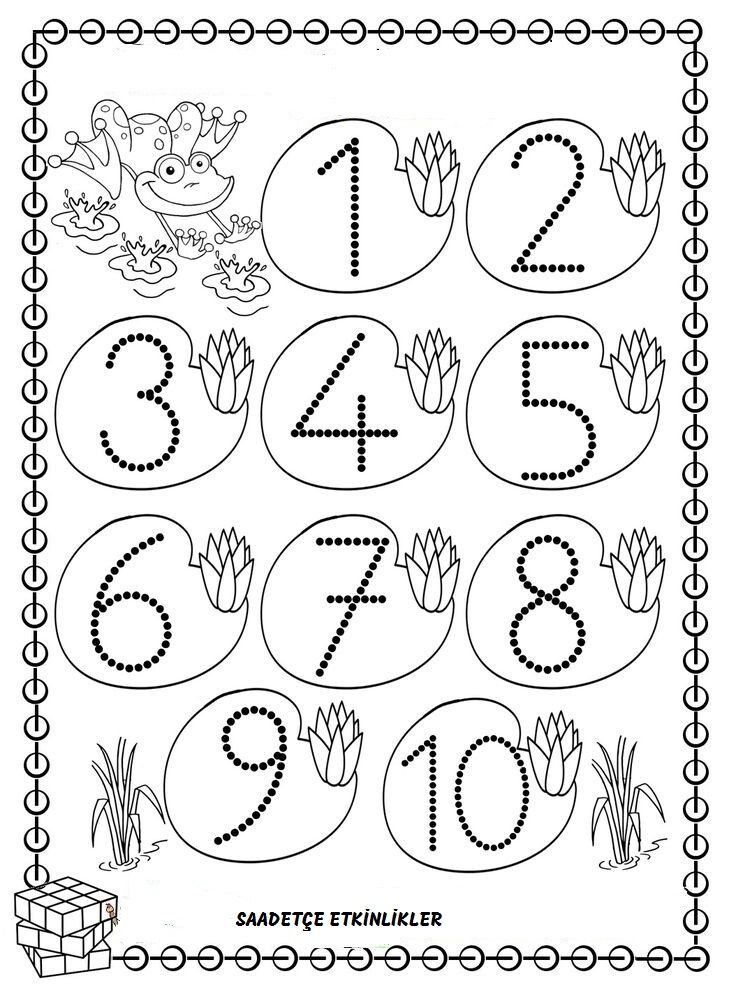
14. Ladybug Busy Bag (Preschool Inspirations) – Work on counting with your preschoolers with these adorable paper ladybugs.
15. Cookie Counting Game (Still Playing School) – Have your kids practice counting chocolate chips with these paper chocolate chip cookies.
16. Counting Snowballs (Fun-a-Day) – This easy counting cotton balls activity is a great math activity for your preschoolers.
17. Race to Fill the Cup (Mom Inspired Life) – Have fun filling a cup with these adorable erasers.
18. Count and Compare (Stir the Wonder) – Use these fun Farm Animal Rainbow Counters to inspire young children interested in animals or to go along with a farm theme!
19. Little Miss Muffet Path Game (Preschool Spot) – This fun activity is based on the nursery rhyme, Little Miss Muffet.
20. Tally Marks with Pencils (Munchkins and Moms) – Have fun practicing making tally marks with #2 pencils.
Counting Games and Number Activities For Preschoolers
More preschool math games to enjoy! These counting games and number activities will be definitely enjoyed by your preschoolers and build their math skills.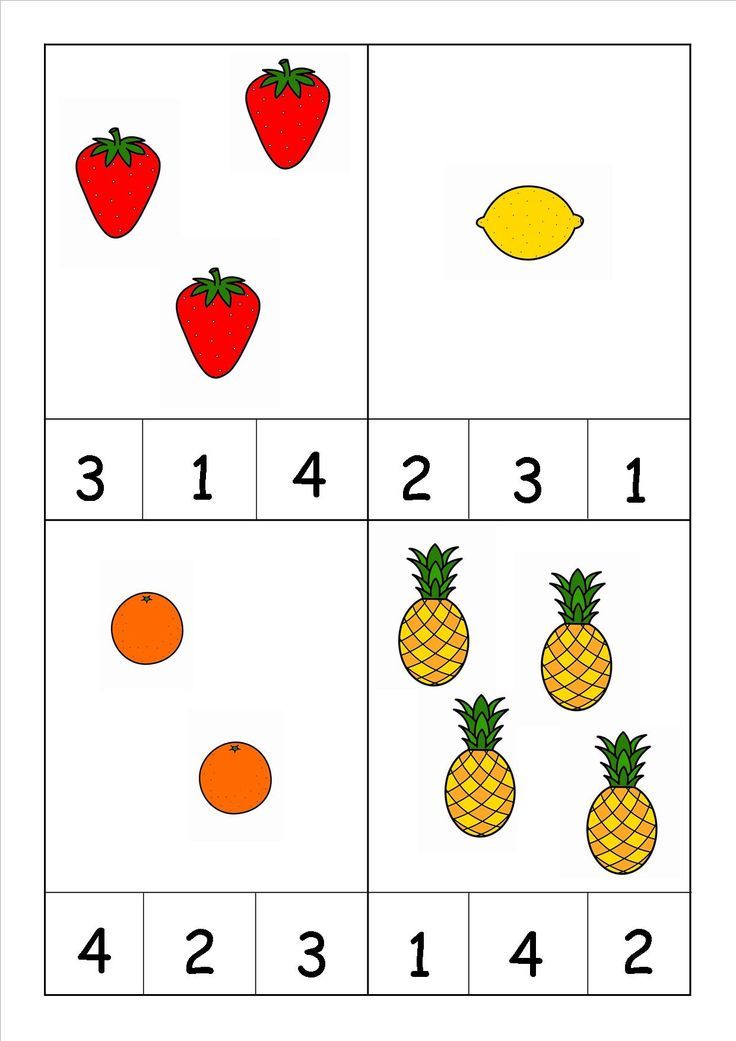
21. DIY Counting Boxes (Parenting Chaos) – Label containers with numbers and then have your preschooler fill each bucket with the labeled number of items.
22. Play Dough Numbers and Counting (Little Pinch of Perfect) – This activity is simple to set up and a great way to expose young kids to numbers and lets them visually see the difference in amounts. The activity can be adapted for different skill levels by making smaller or larger numbers.
23. Passing Car Count (Prekinders) – In this activity, we watched for red & blue cars as they passed by on the street. Children recorded the cars they saw by marking dots on their sheet with a corresponding color crayon.
24. Ways to Teach Counting (Prekinders) – Here are 15 ways to teach counting skills in Pre-K.
25. Ants on a Log Game (Teach Preschool) – DIY “ants on a log” counting game with the children then invite the children to draw their own ants on a log…
26. The Math Box (Teach Preschool) Create a simple math box and then watch as your preschoolers love filling it and practice their counting skills.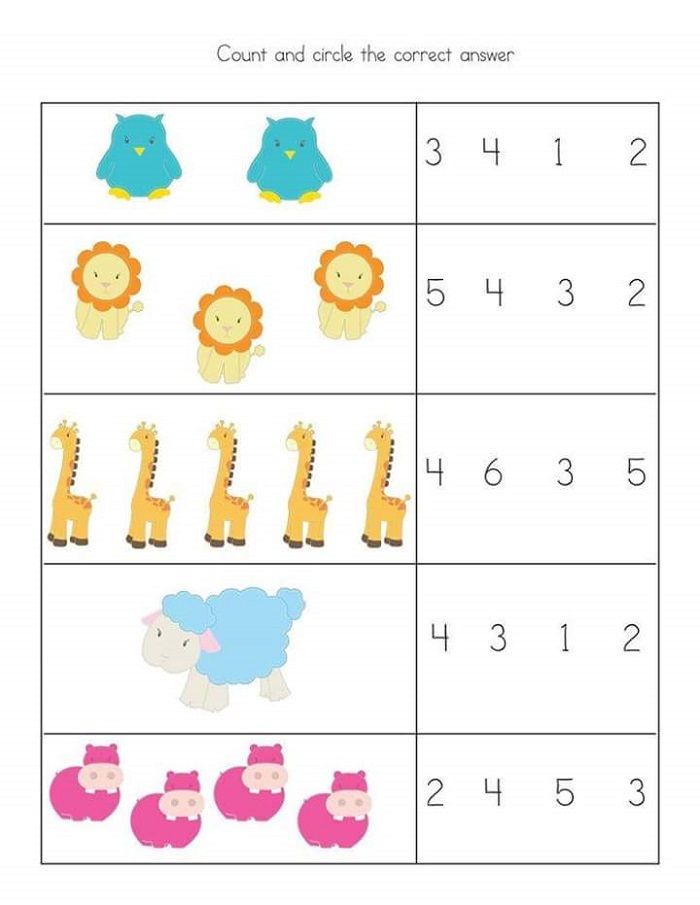
27. Counting and Addition Tray (Imagination Tree) – Set up an open-ended maths activity for kids using counting manipulatives, play dough and a dice, in a dip tray!
28. Simple Montessori Counting Activity (My Mundane and Miraculous Life) – This simple counting activity with rocks, your child can work on number recognition.
29. Things to Count With (Pre-K and K Sharing) – Repurpose what you have and count items with your preschooler!
30. How Many Blocks Long? (Brick by Brick) – This is a fun activity where your preschooler can see how many block longs they are and practice counting as they do it.
31. Make Groups of Numbers (Teach Me Mommy) – This simple counting activity is easy to setup, can be played with one or more children and it is fun too!
32. Count and Smash Activity (Stir the Wonder) – The great thing about play dough besides that it is just fun, is that it is also a great way to work on fine motor skills, work in some math skills, and get some sensory input and it can be used in many ways for hands-on learning!
33.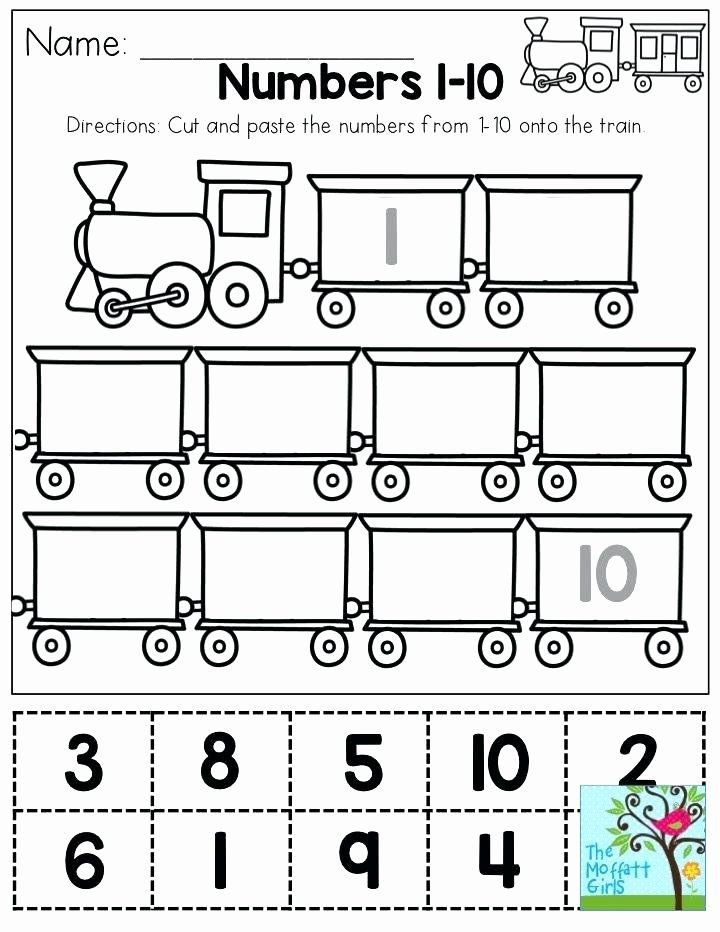 Activities with Counting Blocks (Educators’ Spin on It) – These are 8 math and counting activities for your preschooler to enjoy.
Activities with Counting Blocks (Educators’ Spin on It) – These are 8 math and counting activities for your preschooler to enjoy.
34. Where the Wild Things Are Game (Mom Inspired Life) – While playing, children practice counting, learn one to one correspondence and even get some fine motor practice.
35. Listen and Spray Game (Fantastic Fun and Learning) – This activity is great for counting practice but also for fine motor practice.
36. Race to Lose a Tooth Game (Toddler Approved) – This fun dental theme inspired activity with marshmallows is a fun counting game for your preschoolers to enjoy.
37. Roll and Count (Buggy and Buddy) – Here’s a counting math game for kids perfect for practicing one-to-one correspondence. It’s super easy to make and lots of fun for the kids!
38. Count Forward and Back Game (Fantastic Fun and Learning)- This preschool math game would be perfect during St. Patrick’s day and March in your classroom.
39. Build a City Game (Learning 4 Kids) If your preschooler loves playing with Legos then they will love this math game.
40. Mystery Mitten Tactile Counting Game (Preschool Toolbox) – Gather some real mittens and come play a tactile mystery mitten counting game to encourage early math intuition with tactile support!
Also check out the free Winter Play Dough Counting Mats and our other thematic counting mats.
Follow my Counting Pinterest Board for more great ideas!
50+ Number Activities for Preschoolers
These number activities for preschoolers include many fun, engaging, and hands-on ways to explore numbers with young children. If you’re looking for math activities for preschoolers and kindergartners that focus on numbers, you’ve come to the right place!
Below, you’ll find a variety of preschool number activities to suit your needs. They let kids practice early math skills like number recognition, number formation, one-to-one correspondence, and counting.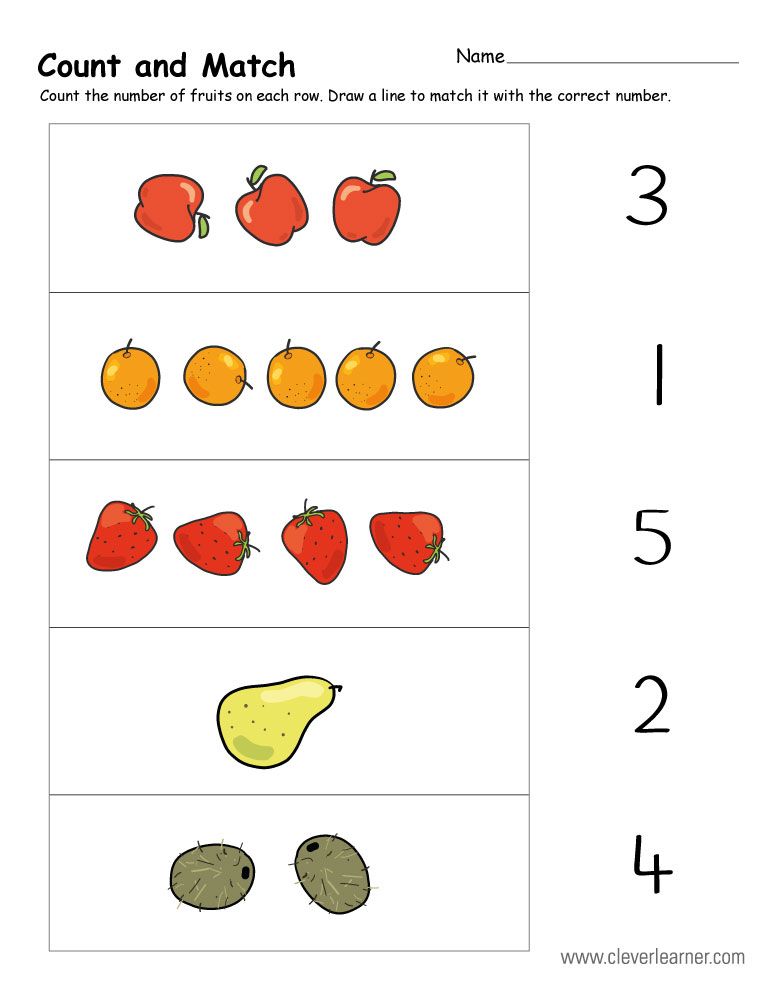 There are even a variety of number printables perfect for early childhood classrooms.
There are even a variety of number printables perfect for early childhood classrooms.
And all of the number activities take into account how young children learn. So the ideas encourage hands-on exploration with numbers and manipulatives.
Coming up, you’ll find all of the number-related activities from Fun-A-Day. I’ll keep adding to the list as I share more here with you, so be sure to pop back and check.
Table of Contents
Number Activities for PreschoolersClick on the links that interest you the most, and be sure to save your favorite ones! I’ve started a new Numbers Pinterest board if that’s where you like saving links.
These number activities will help you teach a variety of important early math skills, like:
- One-to-one correspondence
- Number identification
- Number formation
- Matching numerals to quantities
- Numerical order
- Skip counting
- Subitizing
We can’t talk about number activities for preschoolers without touching on counting, right? The links below can all be used to practice concepts like those listed above.
While each of these are different math skills, they’re very much interrelated. And, depending on the ages and needs of your students, you will focus on different ones with the following ideas.
Of course, there will be more coming in the future, and I’ll be sure to add the links then.
Preschool Number PrintablesAs promised, I also have some printables to add to this collection of number activities for preschoolers! While I’m not a fan of preschool worksheets, that usually only serve one purpose, I do rather like printables that can be used multiple ways.
In fact, I have over 40 number printables perfect for preschool and kindergarten classrooms! You can check them out by clicking on the link below:
Free Preschool Number Printables
Like the non-printable number ideas, these printables have been used with kids in both preschool and kindergarten. And they’re all great ways to explore early math concepts. Here are a few of my favorites:
- Rainbow Yarn Sensory Bin (with printable rainbow and gold ten frames)
- Printable Bat Emergent Reader (that’s all about counting bats)
- Snowman Roll and Cover
Okay, I’ll stop there.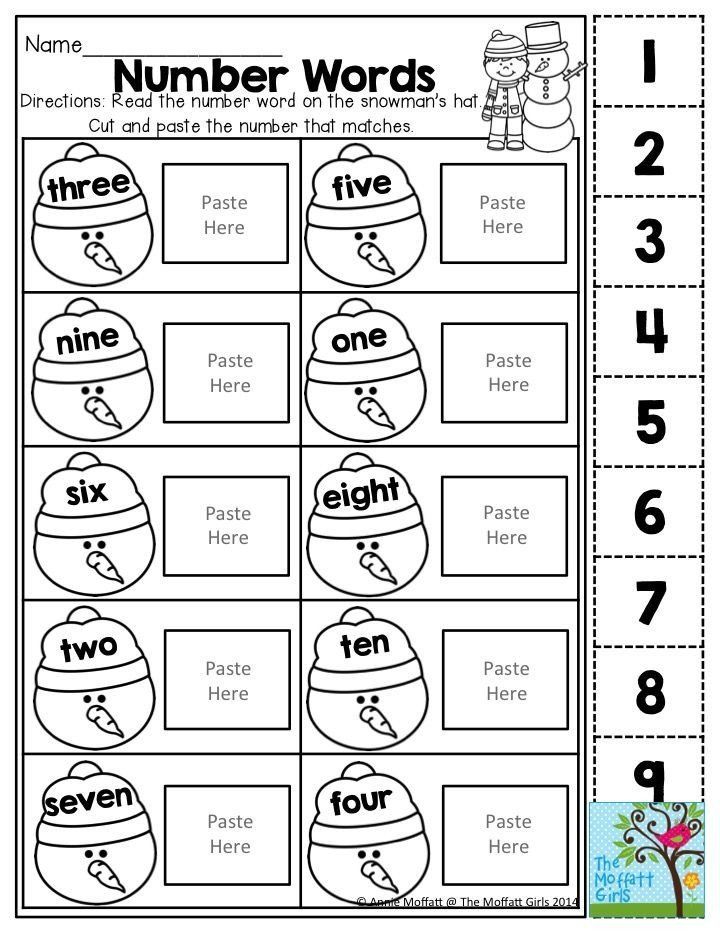 Since there are so many printable number activities for preschoolers, it’s best if you click through the link above. That way you can find just the right one for you and your kids!
Since there are so many printable number activities for preschoolers, it’s best if you click through the link above. That way you can find just the right one for you and your kids!
Okay, okay. So I didn’t stop there. Because I wanted to highlight a subset of the number printables. And those are the calendar numbers!
I highly recommend that you grab a few sets for yourself. You can use the number cards in SO MANY ways! They’re super easy to prep, and the illustrations allow for some whimsy throughout the year. Click on the link below to check them out:
Calendar Numbers
I have quite a few more planned out for the upcoming year. So be sure to save that post, too. That way you can get your hands on them as soon as they’re ready!
What is Counting?Since I mentioned above the various skills these number activities for preschoolers can cover, I thought we’d chat a bit about what the terms mean.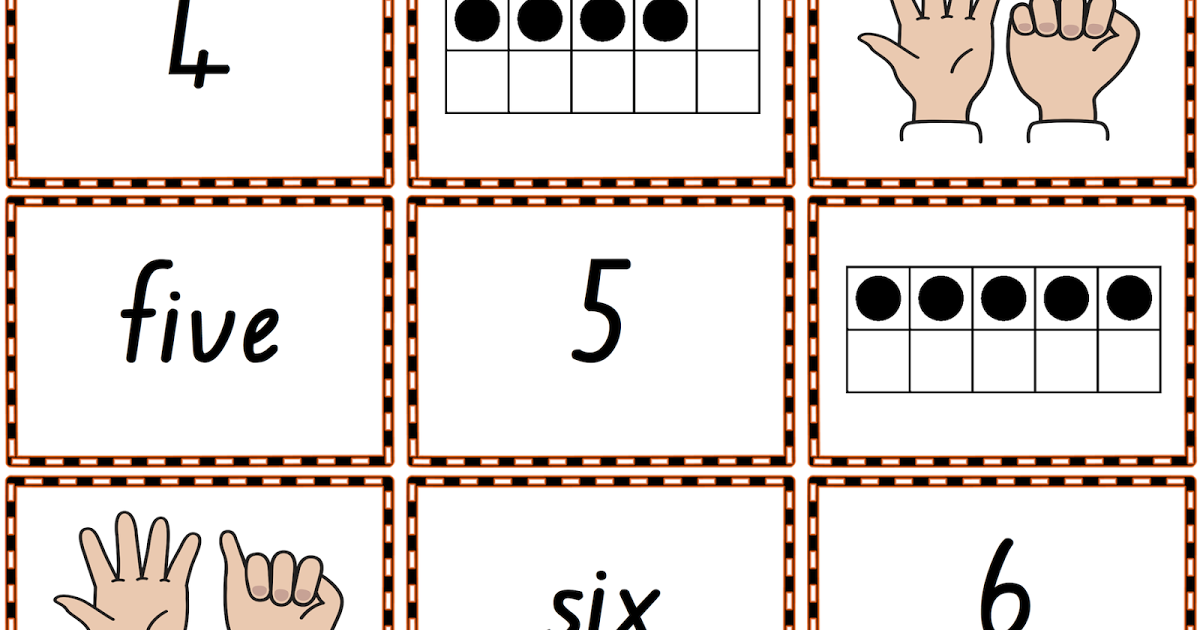
We, as adults, tend to use the term “counting” to cover a few different bases. When it comes to early math, counting means determining the total number of items in a particular group.
Some examples of counting:
- Holding up a finger for each year in a child’s age and counting them out loud. “One, two, three, four.”
- Placing toy cars out on the table and counting them along the way.
- Looking at five kids in line and counting them 1 through 5, sequentially.
So counting includes both numbers and sets of items. And the understanding that the last number said is the total of the items in the group.
What is Rote Counting?If you’re here, you’re likely a teacher or caregiver of a young child. No doubt you’ve experienced said child practicing their counting (sometimes over and over and over again, right?!).
That’s rote counting – saying the numbers in order. Specifically, rote counting is reciting numbers in order (from memory).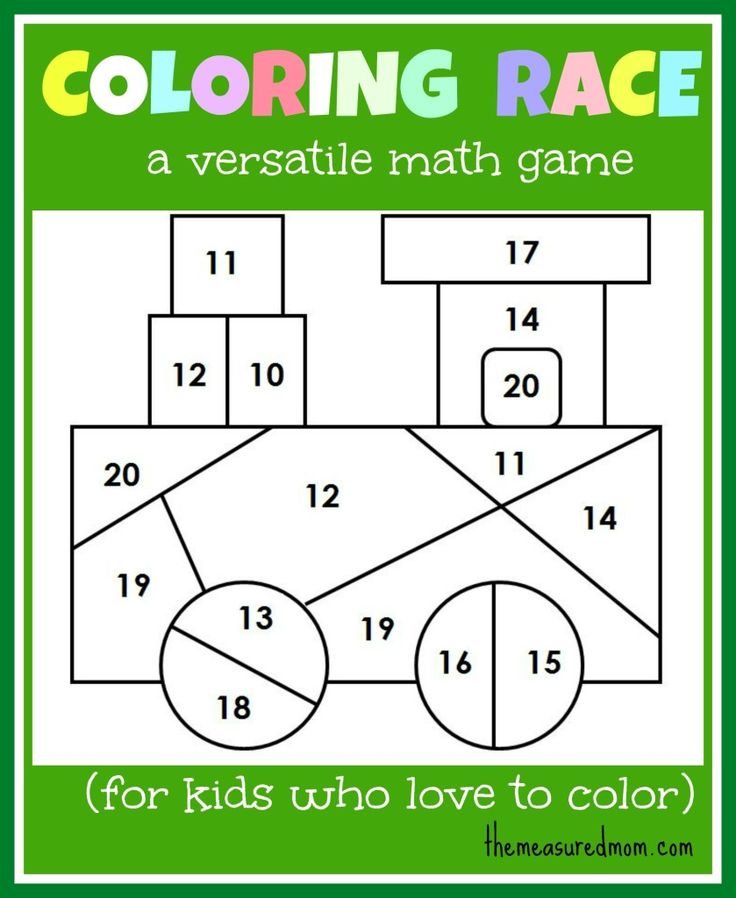 There are no specific objects being counted. The numbers are being said out loud in sequential order.
There are no specific objects being counted. The numbers are being said out loud in sequential order.
And, as with most things when it comes to young children, there are a few steps along the way to true rote counting. From toddlers saying, “One, three, nine . . .” to preschoolers counting to 20 but skipping 15, children work their way up to counting out loud.
What is One-to-One Correspondence?One-to-one correspondence is the understanding that every object in a group can only be counted once; that every number corresponds with a specific quantity. It can also be explained as matching one item to one corresponding item or number.
This understanding is developed with lots of playful practice, in many different hands-on ways. Some examples of one-to-one correspondence in early childhood:
- Putting a counting bear on top of a toy block – “I have one bear and one block!”
- Placing manipulatives in a ten-frame, one frame at a time, with only one manipulative per square
- Touching one toy at a time while saying the corresponding number out loud
- Moving beads on a string as they’re being counted
- Pointing to kids in line, one by one, and counting along the way
- Counting each time a child hops on one foot
Most of the number activities for preschoolers included in this post can be used for counting with one-to-one correspondence.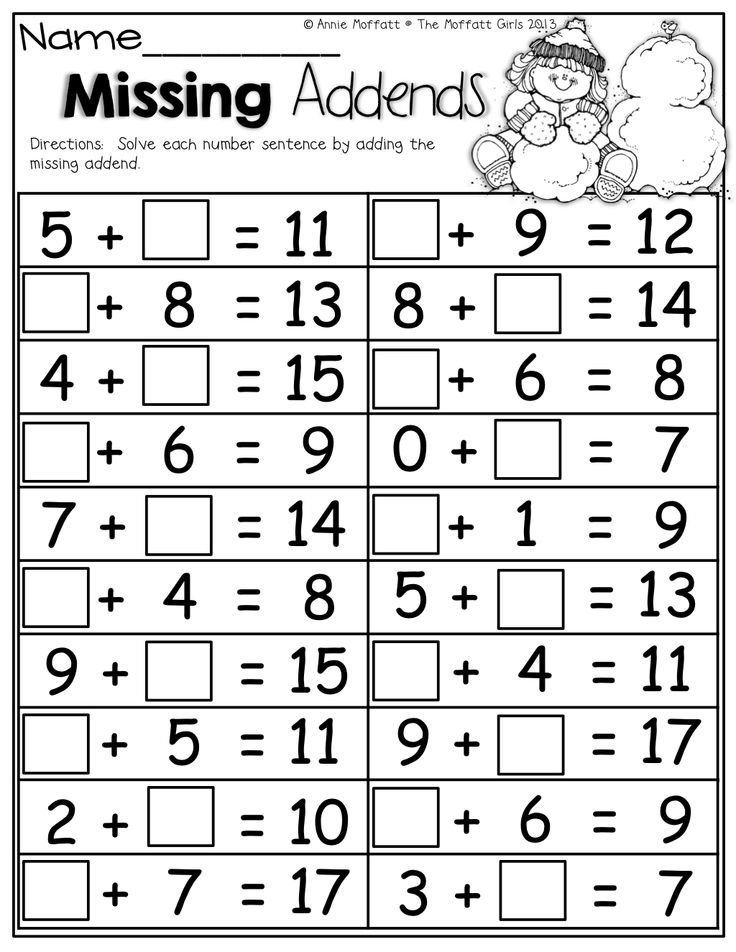 The activities help children move from rote counting to rational counting.
The activities help children move from rote counting to rational counting.
One-to-one correspondence helps children learn that each number corresponds to a specific quantity. Using things like magnetic numbers or printable number cards can help kids move forward with corresponding quantities with numerals.
For example, you might place one of the calendar numbers on the table. It’s the numeral 5. Then your students can count out 5 Unifix cubes, one at a time, counting each one only once. So many early math skills are very much intertwined, so kids are exploring multiple concepts with each of the number activities for preschoolers.
Preschool Supplies for Exploring NumbersNow that we’ve delved into all the fun number activities for preschoolers you can try out soon, let’s chat supplies. You don’t really have to have a certain type of material to teach kids about numbers. In fact, that’s one of the great things about preschool math – you can use items on-hand or already in your environment.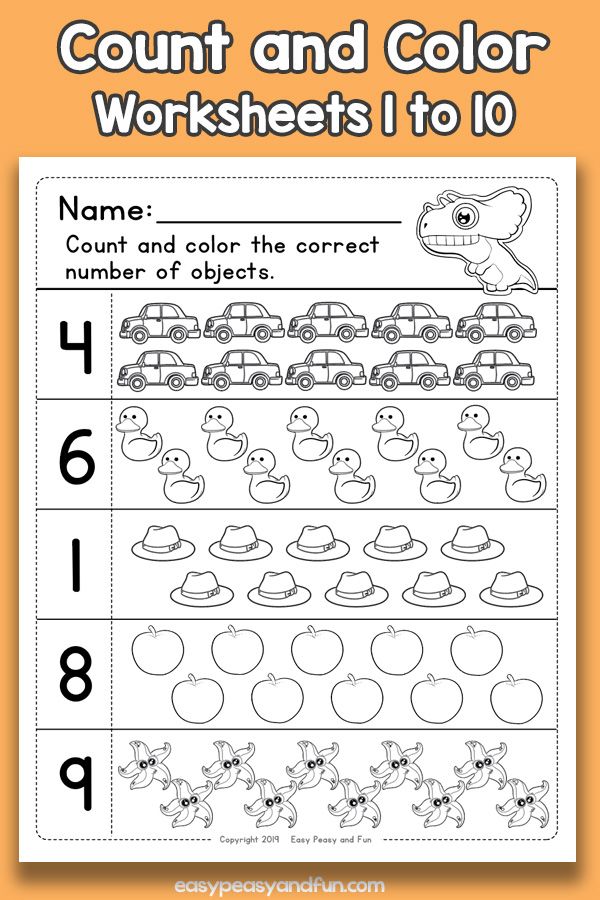
But, if you are looking for some suggestions, I’ve got you covered (I may get commissions for purchases made through links in this post):
- Jumbo number magnets
- Counting bears
- Unifix cubes
- Sandpaper numerals
Now you’ll have to tell me what YOUR favorite number activities for preschoolers are! Leave them in the comments below this post.
Done-For-You Number Activities for PreschoolersLet Preschool Teacher 101 make your teaching life easier with fully-developed, done-for-you preschool resources. That way you spend more time teaching and living your life, and less time planning!
We’ve got quite a few number-themed math resources that your students will love! They help support your math lessons and allow kids to practice number skills. Click on the images below to read more about a few of our resources:
Fine Motor Numbers: DotsNumber PuzzlesRainbow Writing NumbersNumber Fluency StripsAnd be sure to check out The Pack from Preschool Teacher 101, a membership for preschool teachers just like you. With over 100 lesson plans, over 130 supplemental resources, editable templates, trainings, and more . . . The Pack can save you a ton of time!
With over 100 lesson plans, over 130 supplemental resources, editable templates, trainings, and more . . . The Pack can save you a ton of time!
You can also find us on Teachers Pay Teachers.
Card file of games with numbers and numbers according to REMP for preschoolers
Card No. 1.
Confusion game.
Purpose. Strengthen your knowledge of numbers. Develop observation, attention.
Game progress.
In the game, the numbers are laid out on the table or displayed on the board. At the moment when the children close their eyes, the numbers are reversed. Children find these changes and return the numbers to their places. The facilitator comments on the actions of the children.
Card number 2.
Game "What number is gone?"
Purpose. To consolidate children's knowledge of numbers, the ability to name neighbors of a number. Develop memory, attention.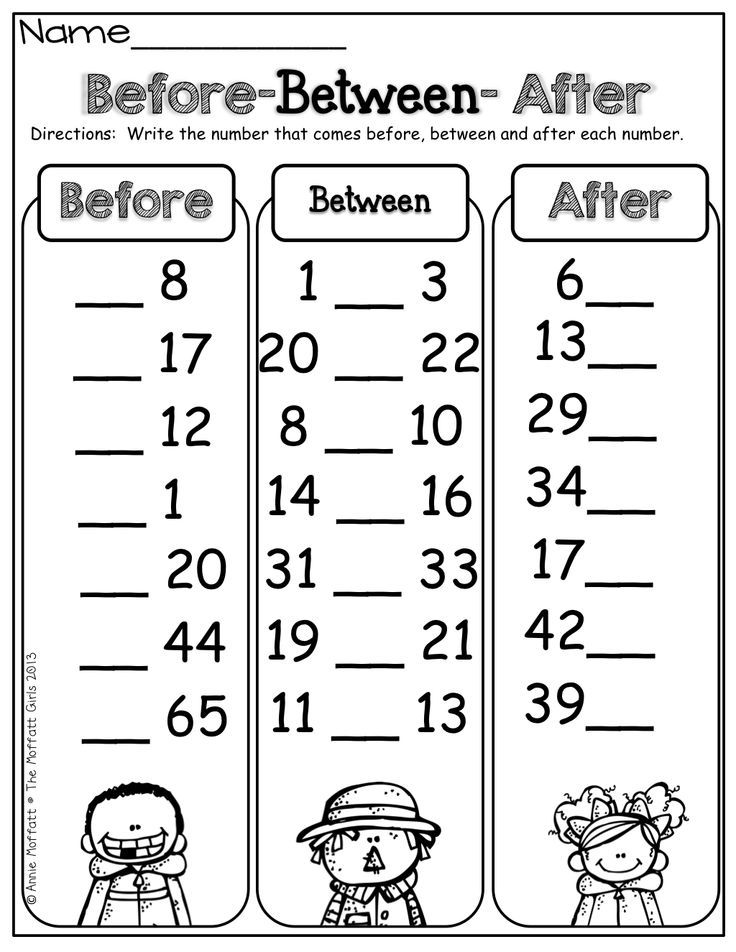
Game progress.
One or two numbers are also removed from the game. The players not only notice the changes, but also say where which number is and why. For example, the number 5 is now between 7 and 8. This is not correct. Its place is between the numbers 4 and 6, because the number 5 is more than 4 by one, 5 must come after 4.
Card #3.
Game "What has changed"
Purpose. It will consolidate the ability to count objects, designate their number with the corresponding number. Develop attention, memory.
Game progress.
Several groups of objects are placed on a board or flannelgraph, numbers are placed next to them. The host asks the players to close their eyes, and he swaps or removes one object from any group, leaving the numbers unchanged, i.e. violates the correspondence between the number of objects and the figure.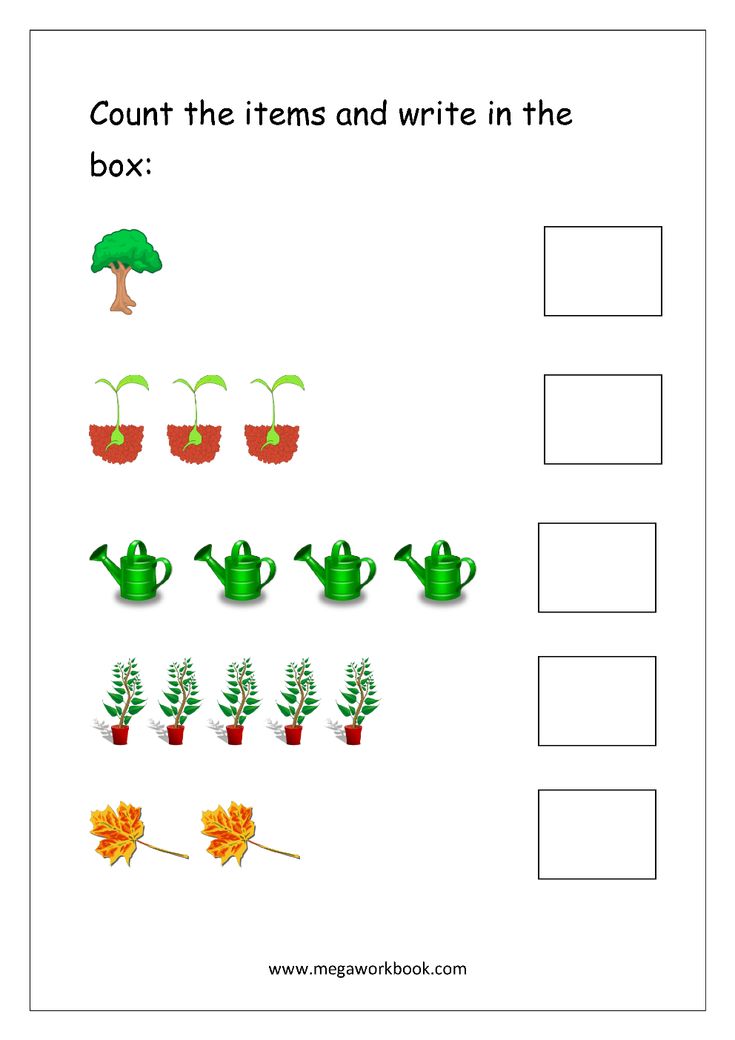 Children open their eyes. They found an error and correct it in different ways: by “restoring” the number that will correspond to the number of items, they add or remove items, that is, they change the number of items in groups. The one who works at the blackboard accompanies his actions with an explanation. If he coped well with the task (find and correct the mistake), then he becomes the leader.
Children open their eyes. They found an error and correct it in different ways: by “restoring” the number that will correspond to the number of items, they add or remove items, that is, they change the number of items in groups. The one who works at the blackboard accompanies his actions with an explanation. If he coped well with the task (find and correct the mistake), then he becomes the leader.
Card #4.
Miraculous bag game.
Purpose. Exercise children in counting with the help of various analyzers. To consolidate ideas about the quantitative relationships between numbers. Develop logic, thinking, attention.
Game progress.
The wonderful bag contains: counting material, two or three kinds of small toys. The host chooses one of the children as the leader and asks to count as many objects as he hears the blows of a hammer, a tambourine, or as many objects as there are circles on the card.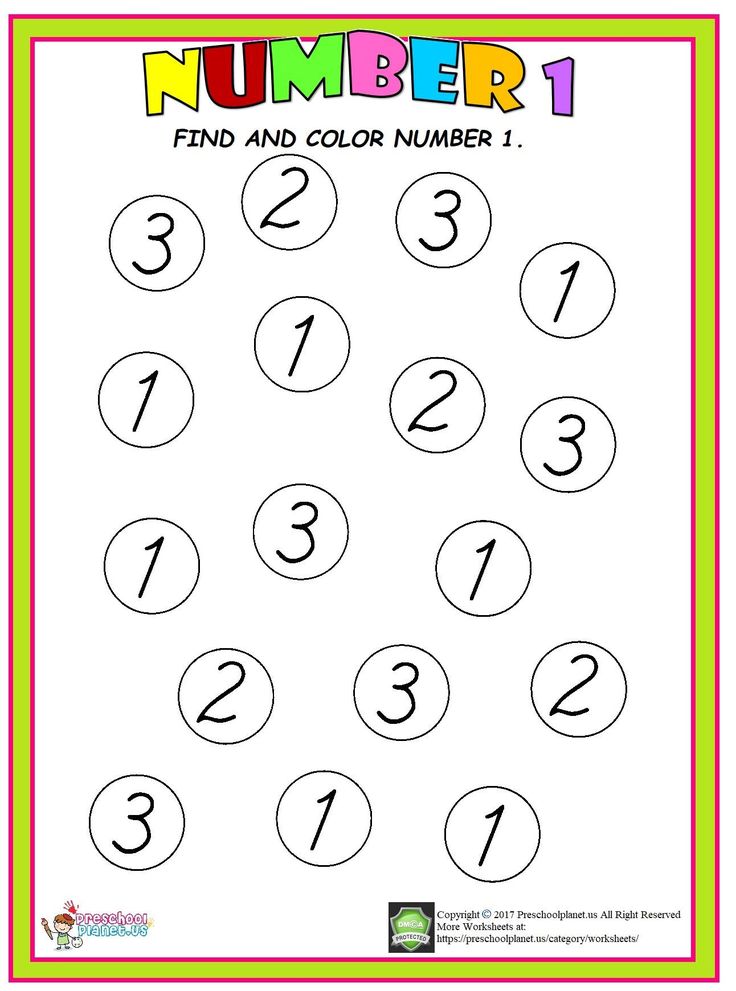 Children sitting at the tables count the number of strokes and show the corresponding figure.
Children sitting at the tables count the number of strokes and show the corresponding figure.
Card #5.
How much game.
Purpose. Practice counting with kids. Develop hearing, attention.
Game progress.
6-8 cards with a different number of items are fixed on the board. The host says: “Now I will guess a riddle. The one who guesses it will count the items on the card and show the number. Listen to the riddle. The girl is sitting in a dungeon, and the scythe is on the street. The players who guessed that it was a carrot count how many carrots are drawn on the card and show the number 4. Whoever raised the number faster becomes the leader. Instead of riddles, you can give a description of the subject. For example: “This animal is affectionate and kind, it does not talk, but knows its name, likes to play with a ball, a ball of thread, drinks milk and lives with people.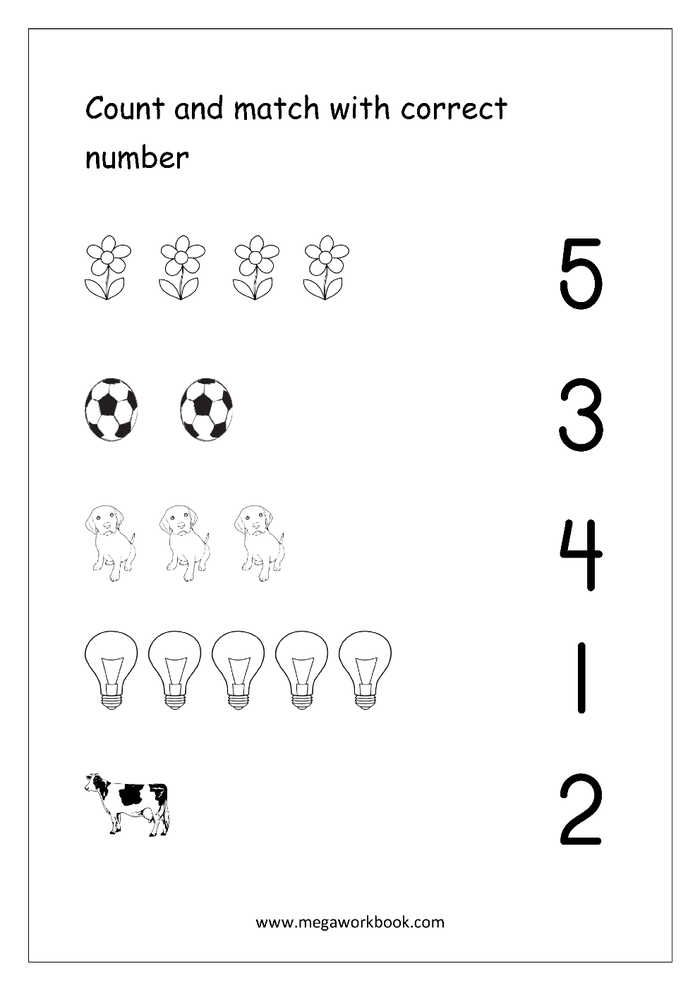 Who is this? Count how many."
Who is this? Count how many."
Card #6.
The game "Count - do not make a mistake."
Purpose. Fix the order of the numbers in the natural series, exercise in direct and backward counting. Develop thinking, attention.
Game progress.
The game is played with a ball. Children sit in a semicircle. Before the start of the game, the leader agrees in what order (forward or reverse) he will count. The leader throws the ball to one of the players and calls the number. The one who caught the ball continues to count further. The game should be played at a fast pace, and the tasks are repeated many times in order to give the opportunity to as many children as possible to take part in it.
Card #7.
The game "Which toy is gone."
Purpose. Fix the ordinal count of objects, the concept of "how much". Develop attention, memory.
Fix the ordinal count of objects, the concept of "how much". Develop attention, memory.
Game progress.
The presenter exposes several different toys. Children carefully examine them, remember where which toy is. Everyone closes their eyes, the leader removes one of the toys. Children open their eyes and determine which toy is gone. For example, a car hid, it was third from the right or second from the left. Correctly and completely answered becomes the leader.
Card #8.
Game “Where?”
Purpose. Fix the score within five. Develop memory, attention.
Game progress. Models of fruits or vegetables are exhibited. Children count them. They name where the tomato or apple was. Children check the correctness of the answers.
All information is taken from open sources.
If you believe your copyright has been infringed, please write in the chat on this site, attaching a scan of a document confirming your right.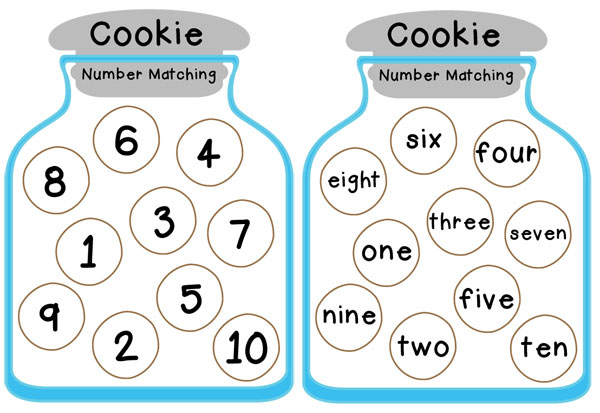
We will make sure of this and immediately remove the publication.
Developing games Learn numbers for children
Content
- Cards with sheep “Learn numbers”
- COPE-CIFRA
- Cover the correct numbers
- numbers from Lego
- Games “Learn the numbers”
- Make a number
- Numbers by numbers
- Finders
- Pantomime
- Laughter
- Gymnastics by numbers
- Find the error
- Memory with numbers
- Tangram “Figures”
- Coloring numbers
- Table games “Learn numbers” for children
- Mixed domino
- Counting for children 90AME fingers up to 10
Educational games "Learning numbers" for children: a selection of fun games and tasks. Print out children's tasks with numbers for preschoolers.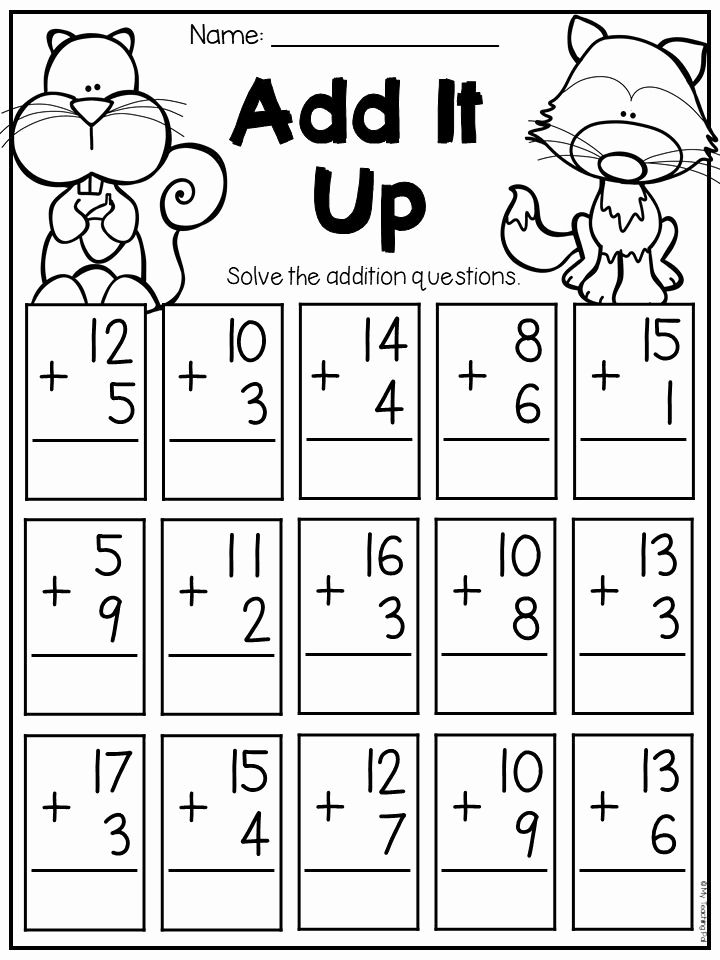
Children aged 2-5 usually do not yet know all the numbers, but only name or “recognize” some of them. Kids confuse a number and a number, a number and a letter, they confuse numbers with each other: zero and the letter 0, G and 1, 2 and 5, 9and 6, 1 and 4, etc. Often violate the sequence between adjacent numbers from a series.
Certain difficulties arise in some children when the result of the count must be indicated by a number or the figure must be correlated with the required number of items.
Lessons "Learn numbers" for preschool children will allow you to easily and quickly eliminate such problems in a playful way.
Here: games for children "Let's learn letters".
Learn Numbers Sheep Cards
Educational cards are visual material, convenient for explaining any topic. Therefore, it is successfully used in the study of numbers.
Copy-book numbers
Here: Print additional copy-book numbers for children.
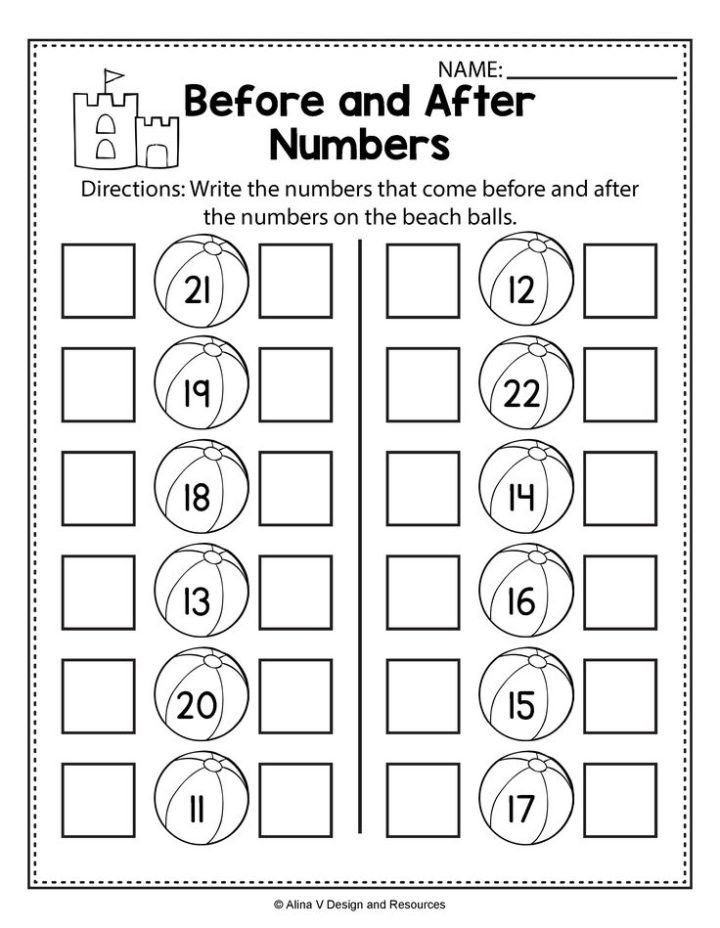
Circle the correct numbers
Lego numbers
Learning numbers games for kids
Name it!
Numbers made from different materials are considered: paper, cardboard, fabric, printed on cards of different sizes and colors, written or printed, etc. In the process of such a lesson, you can find out what numbers the child knows and where he saw them.
Make a number
It is proposed to lay out numbers from circles, sticks, cubes, triangles, mosaics, mold them from plasticine, clay. You can cut out numbers from velvet or plain paper, old newspapers or magazines, fabrics and stick them on.
For plasticine figures there is a wonderful manual - Plasticine account. It will teach a child to sculpt a number and help to remember it by creating an illustration for it from plasticine.
Numbers by cells
It is necessary to paint over the cells, as in the sample, and get numbers from 0 to 9.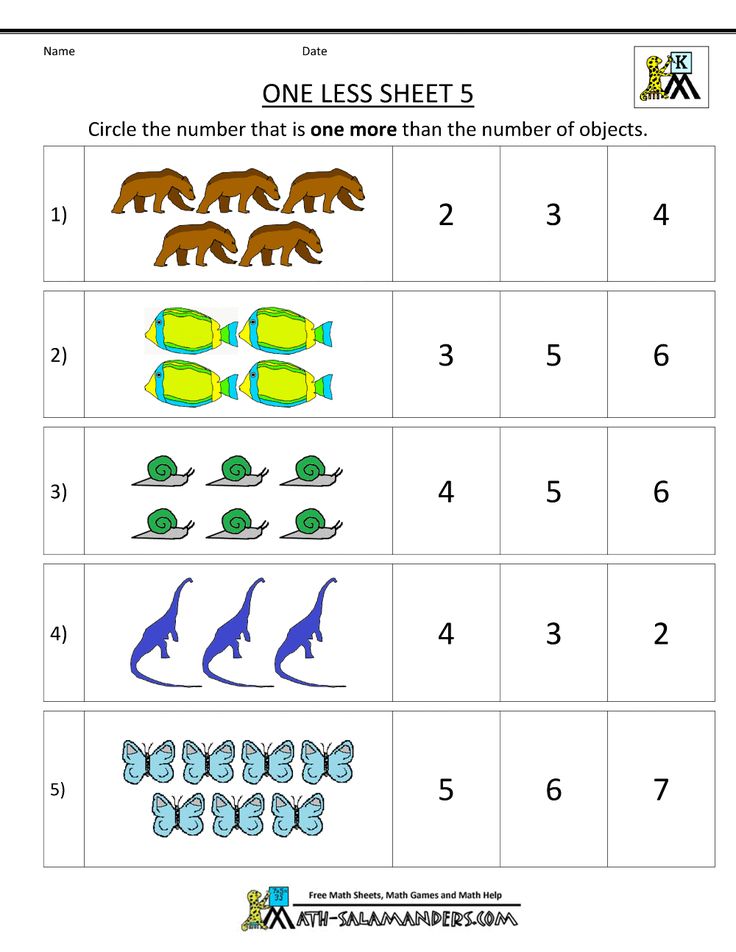
Finders
Cards with numbers are laid out on the table. The child receives a card with a number. You have to find yours.
Pantomime
The adult draws a number in the air with his finger, and the child guesses it, then they switch roles.
Laughers
By drawing or drawing, the figures turn into "little men", "animals" or other funny figures.
Gymnastics by numbers
An adult offers (squat, jump) to a child as many times as the number indicates.
Find the error
The child is shown two cards. The kid needs to determine whether the image of the number on one card matches the number of circles, triangles or objects on the other card.
Memory with numbers
The child examines cards with numbers and memorizes them. The adult swaps them. The kid points out what has changed. If any card is removed, the child guesses which number is gone.
Tangram “Numbers”
Sensorics will help you remember writing numbers: write numbers, mold from plasticine, lay them out from buttons, pompons, figurines, sticks .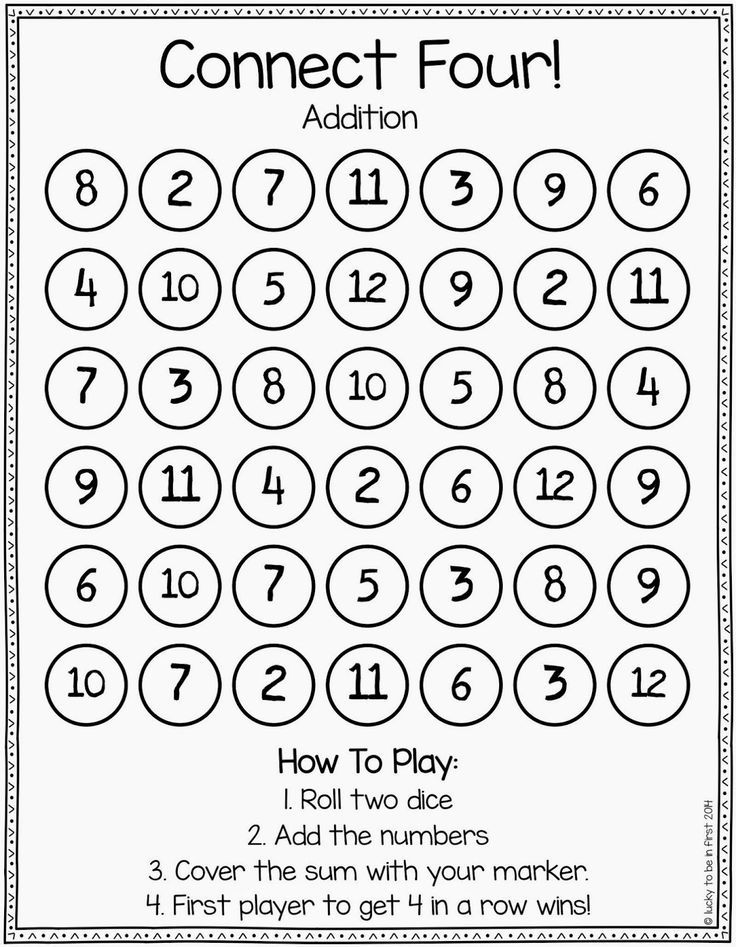 .. Here are the numbers from the tangram.
.. Here are the numbers from the tangram.
More tangram tasks here.
Coloring pages for numbers
You can take coloring pages with numbers and invite your child to color them. The child will be interested in creativity, and at the same time consolidate knowledge about the new figure.
Here: Print out the number coloring tasks.
So that the process of coloring does not bore the child, you need to use various interesting techniques for this
- color the numbers not only with pencils, but also with paints, wax crayons, stamps;
- lay out numbers from sticks, cubes, mosaics, buttons, peas, pebbles;
- model numbers from plasticine,
- color with fingers using finger paints;
- use non-traditional drawing techniques: cotton swabs, crumpled paper, blots, etc.
Board games "Learn numbers" for children
Any walking board games teach counting. Children must understand the number corresponding to the number of dots on the top face of the die that has fallen out, and make the corresponding number of moves forward.